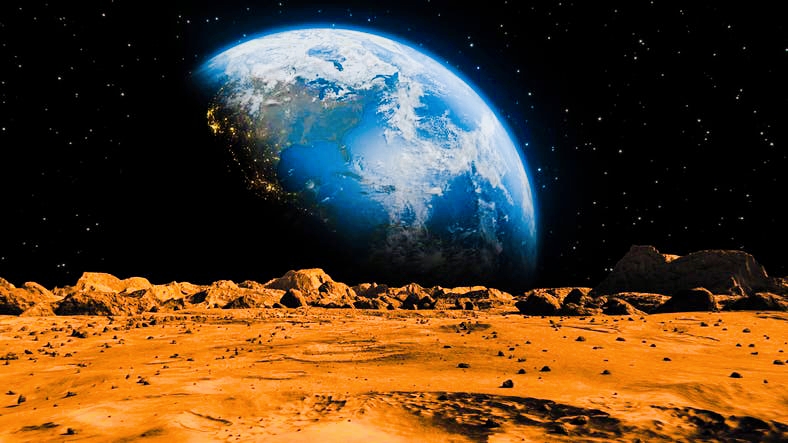New Findings on Mars' Dark Streaks: Wind and Dust, Not Water

After years of scientific debate and investigation, researchers are nearing a resolution to the mystery of the dark streaks on Mars' slopes, known as recurring slope lineae (RSL).
A recent analysis of data from the European Space Agency's ExoMars mission, utilizing artificial intelligence and advanced statistical techniques, has revealed that these streaks are not caused by salty water as previously believed, but are instead the result of dust, sand, and wind movements that shape the surface of the Red Planet in strikingly beautiful ways.
* Dust Collapse Reveals New Insights
In December 2023, the ExoMars Trace Gas Orbiter captured images of streaks formed by a dust collapse on the slopes of Apollinaris Mons during Christmas night. The images from the color and relief surface imaging system, CaSSIS, displayed a slight clustering of meteorite craters and dark markings at the base of the slope.
A study titled "Dust, Sand, and Wind Drive the Formation of Slope Lineae on Mars," published in Nature Communications, focused on these phenomena.
* Big Data and Advanced Analysis
Researcher Valentin Tertius Pichel from the Center for Space Studies and Habitability at the University of Bern in Switzerland stated that recent evidence indicates that most dark streaks result from dry, non-seasonal factors such as meteorite impacts, Martian earthquakes, and wind.
To conduct an accurate analysis, the team utilized data from the Mars Reconnaissance Orbiter (MRO) observed between 2006 and 2024, employing artificial intelligence and machine learning algorithms to analyze over two million lines.
What is referred to as "line counting" showed that the majority of these phenomena are concentrated in five main sites on Mars, with only about 0.1% of the lines directly attributed to events like meteorite impacts and earthquakes.
* Significance of the Discovery
These findings provide crucial evidence that helps resolve the debate over the origins of the dark streaks and enhances understanding of the dynamic forces shaping Mars' climate both in the short and long term.
Scientists hope this research will contribute to answering significant questions about Mars:
• How and when did its surface waters disappear?
• Where did those waters go?
• And was it ever capable of supporting life?
This research is part of nine ongoing space missions managed by five international agencies, with plans for additional robotic missions in preparation for human exploration by mid-century.
